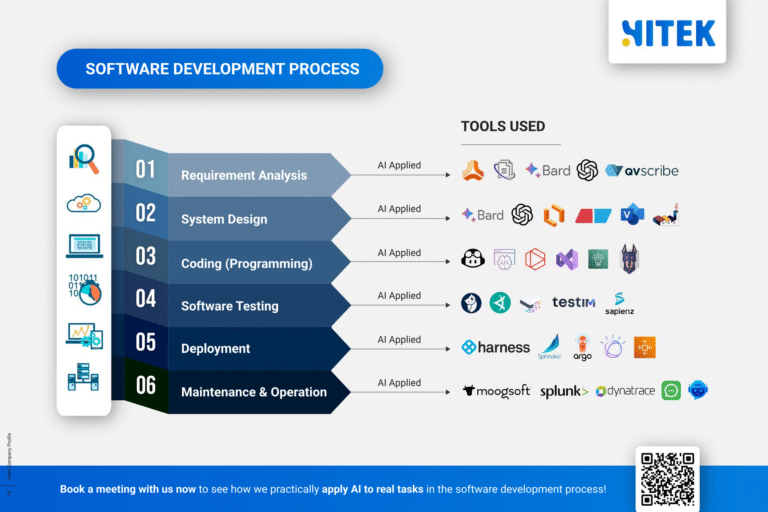When building a website, you’re not just creating a static page—crafting an interactive experience. At the heart of this interactivity lies the Document Object Model (DOM), a critical concept in web development that bridges the gap between your code and the user’s browser. But what exactly is the DOM, and why does it matter for Australian developers? Let’s break it down.
Contents
ToggleWhat is the DOM?
The Document Object Model (DOM) is a programming interface for web documents. It represents the structure of a webpage as a tree of objects, where each object corresponds to a part of the page, such as elements, attributes, and text. This tree-like structure allows developers to dynamically manipulate a webpage’s content, style, and behavior using languages like JavaScript.
Think of the DOM as a live blueprint of your webpage. When you load a site, the browser creates this blueprint, enabling you to interact with and modify the page in real-time. For example, when you click a button to reveal a hidden menu, the DOM makes this magic happen.
How Does the DOM Work?
When a browser loads a webpage, it parses the HTML and CSS to create the DOM. Here’s a simplified breakdown of the process:
- HTML Parsing: The browser reads the HTML document and converts it into a tree structure.
- CSS Styling: The browser applies CSS styles to the elements in the tree.
- Rendering: The browser uses the DOM to render the webpage on the screen.
Once the DOM is created, JavaScript can access and modify it. For instance, you can use JavaScript to change the text of a paragraph, add new elements, or even animate parts of the page.
Why is the DOM Important for Web Development?
The DOM is the backbone of modern web development. Here’s why it’s indispensable:
- Dynamic Content: The DOM enables developers to create interactive and responsive websites. Without it, webpages would be static and lifeless.
- Cross-Browser Compatibility: The DOM provides a standardized way for browsers to interpret and display web content, ensuring consistency across different platforms.
- Enhanced User Experience: By manipulating the DOM, developers can create seamless, engaging experiences, such as real-time updates and animations.
For Australian developers, mastering the DOM is essential for building websites that meet the high expectations of today’s users. Whether you’re working on an e-commerce site for a Sydney-based startup or a portfolio for a Melbourne creative agency, understanding the DOM will set you apart.
DOM Manipulation: A Practical Example
You’re building a weather app displaying real-time Australian city-data. Using JavaScript, you can update the DOM to reflect the latest weather conditions without reloading the page. Here’s a simple example:
// Select the element to update
const temperatureElement = document.getElementById('temperature');
// Update the content dynamically
temperatureElement.textContent = 'Sydney: 22°C, Sunny';
This code snippet demonstrates how the DOM allows you to interact with and modify webpage content on the fly.
Standard DOM Methods and Properties
To work effectively with the DOM, you’ll need to familiarize yourself with some key methods and properties:
| Method/Property | Description |
|---|---|
document.getElementById() |
Select an element by its unique ID. |
document.querySelector() |
Selects the first element that matches a CSS selector. |
element.innerHTML |
Gets or sets the HTML content of a component. |
element.style |
Allows you to change the CSS styles of an element. |
element.addEventListener() |
Attaches an event listener to an element, such as a click or hover event. |
These tools are the building blocks of DOM manipulation, enabling you to create dynamic, interactive web experiences.
The DOM and SEO: Why It Matters for Australian Businesses
For Australian businesses, a well-optimized website is crucial for attracting local customers. The DOM plays a significant role in search engine optimization (SEO) because search engines like Google use it to understand and index your content.
If your website relies heavily on JavaScript to render content, search engines may struggle to crawl and index it properly. To avoid this, ensure your DOM structure is clean and accessible. Tools like Google’s Lighthouse can help you audit your site’s performance and SEO.
Tips for Working with the DOM
- Minimize DOM Manipulation: Excessive changes to the DOM can slow down your website. Optimize your code to reduce unnecessary updates.
- Use Event Delegation: To improve performance, instead of attaching event listeners to individual elements, use a single listener on a parent element.
- Leverage Frameworks: Libraries like React and Vue.js simplify DOM manipulation and enhance efficiency.
Conclusion
The DOM is more than just a technical concept—it’s the foundation of modern web development. By understanding how it works, Australian developers can create websites that are visually stunning, highly functional, and user-friendly.
Whether you’re a seasoned developer or just starting, mastering the DOM will empower you to build better, faster, and more engaging web experiences. So, the next time you’re working on a project, take a moment to appreciate the DOM—it’s the unsung hero of the web.
Ready to elevate your web development skills? Explore more resources on Hitek’s official website or connect with local developer communities in Australia to stay ahead of the curve.
By following this guide, you’ll gain a deeper understanding of the DOM and position yourself as a knowledgeable and skilled developer in Australia’s competitive tech landscape. Happy coding!









